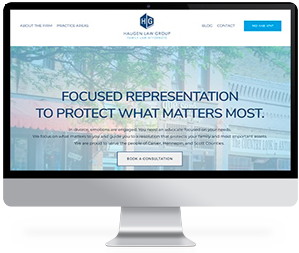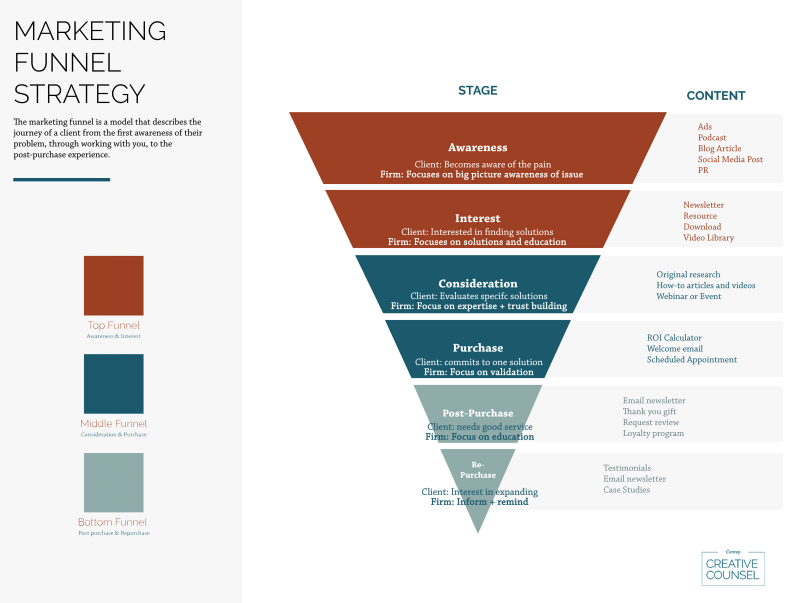In the ever increasing world of online shopping for everything from Christmas presents for hard to buy for friends to choosing a consultant on a global project, having a trustworthy website is a critical factor.
This is equally true for Business to Consumer (B2C) as well as Business to Business (B2B) sales. The first impression of your website is just like the first impression to a retail outlet or a business office. It will either give a sense of professionalism and trust, or an impression of a poorly managed company where security and customer service is not the primary consideration.
A simple way to find out what customers think of a website is to have them complete a short survey. When customers rate a website high on a rating scale, they are showing high levels of trust and satisfaction with the experience. Mid to low ratings indicate hesitancy with trust or concerns about the security or accuracy of the site.
This number, which is called the Net Promotor Score or NPS, is not written in stone. It is possible to turn even low or negative NPS scores around and spin a questionable website into a highly trusted site. These changes don’t have to be profound or time-consuming and many can be done very easily or with a good web design team in your corner.
Below are the factors any website owner should take a close look at, particularly if they are experiencing decreased sales, lack of response to their site, or if there are a lot of browsers but not many buyers as determined from your website analytics. By implementing these ideas, you can boost a sense of trust and confidence in your site, improve your NPS and provide the experience your customers and clients want.
Customers and Partners
One way to build a trustworthy website is to let potential customers, as well as your existing customers, see who is buying your products and what they are saying about them.
Testimonials on websites that are specific, authentic and from people with experience with the company are a highly effective way to build trust. Considering highlighting these testimonials on the site and include the contributor’s name and their company or even a picture.
The more testimonials are seen as recommendations to buy from or work with your company the more effective they will be. The least effective are those that say something along the lines of “Great company to work with” and indicate it is written by John S from Dallas.
Partners are companies you work with or organizations you belong to related to your business. Logos or names from these groups can also be worked into the page design for your company, instilling trust and understanding that your company is recognized by other trusted names in the industry.
Don’t forget to link to and highlight any new coverage your company has achieved or any types of “as seen on” information on products or services.
Images and Content
One of the biggest mistakes to make is to use stock images throughout your website. The more potential customers see images on your site and also on other sites the lower they tend to rate both sites.
Using professional quality, unique photographs may be a bit more costly, but it will add to the overall appeal of the website. Remember, images of your staff, your facilities and your products also provide a personal connection with potential customers.
Content needs to be relevant to the target market. It should not just be a sales copy, but rather a way to provide solutions, assistance, support and help with the very issues your target market is struggling to manage. Try to write content that connects on a personal level. Avoid writing everything as a technical document and related to the customer by using “you” in the articles.
For example, instead of “the paint can be applied directly to the surface” change the tone to a more personal communication by writing “you can paint directly onto the surface, saving time, money and effort”.
Site Navigation and Security
There is nothing that creates a feeling of distrust on a website more than broken links, pages that don’t load or any type of error messages. Make sure your site is working correctly, all the links are still live and that when people click on a hyperlink or a navigation button they end up in the right place.
Finally, and this is always critical, make sure your checkout systems are error free and your shopping cart feature updates and edits correctly. With online consumers’ savvy to potential identity theft and credit card fraud issues, having a problem at checkout is always going to result in a negative customer experience and a dramatic loss of trust.












